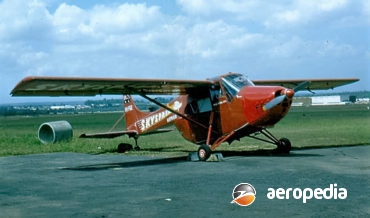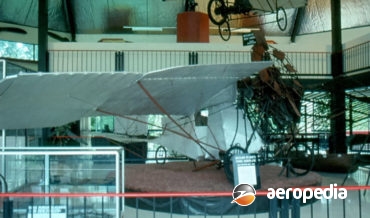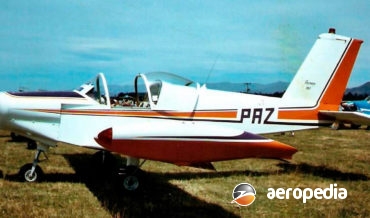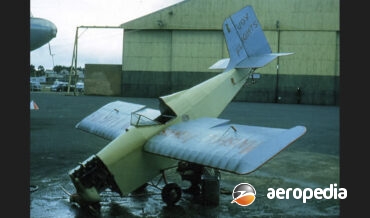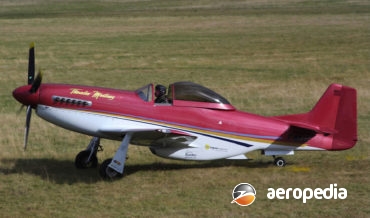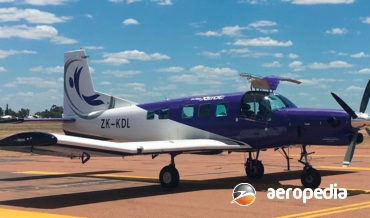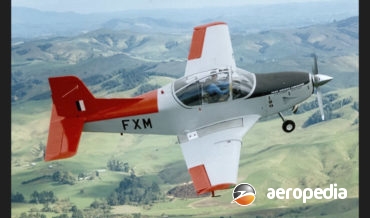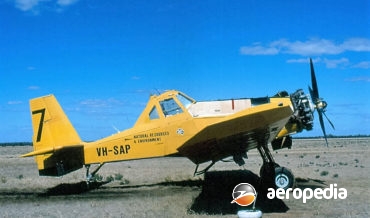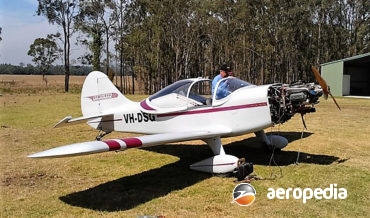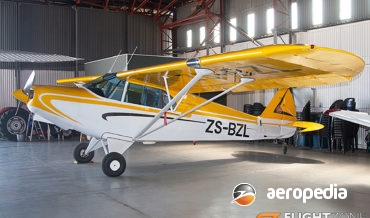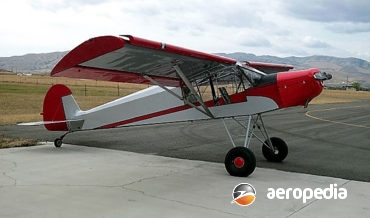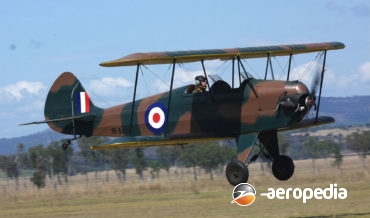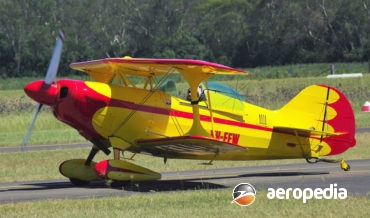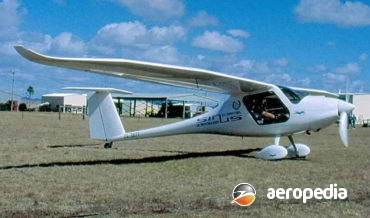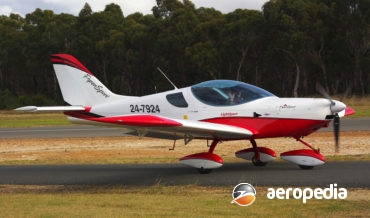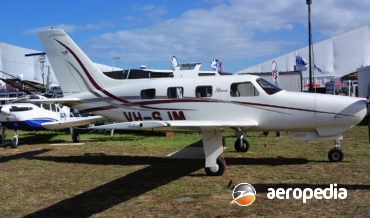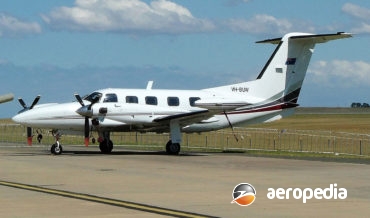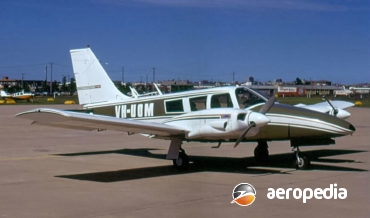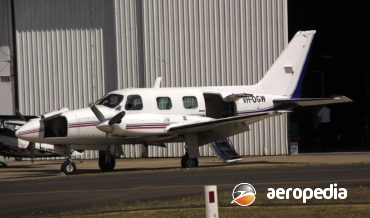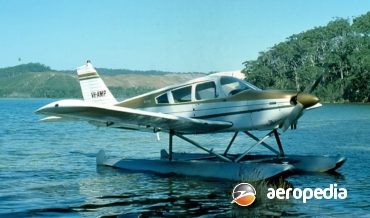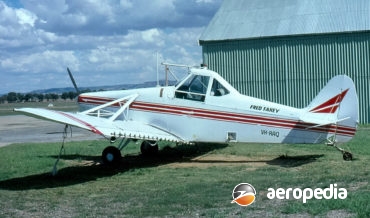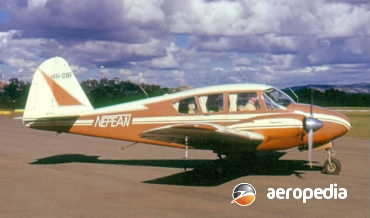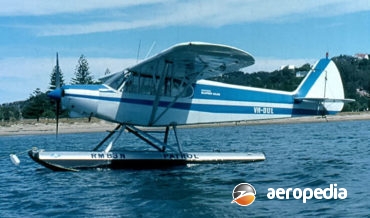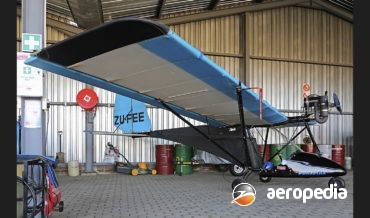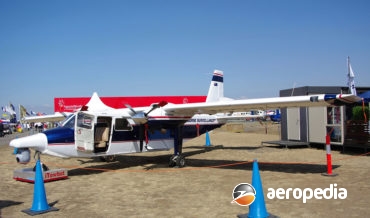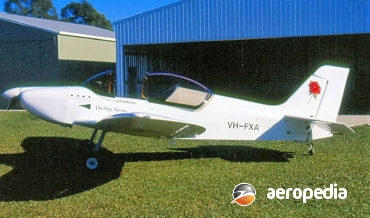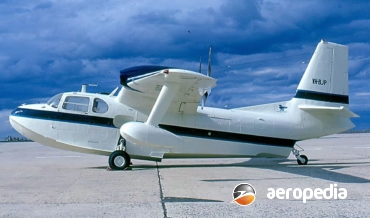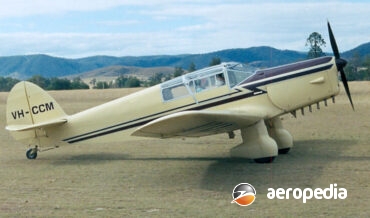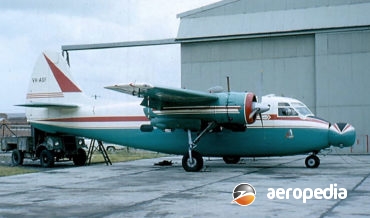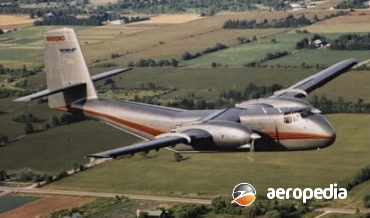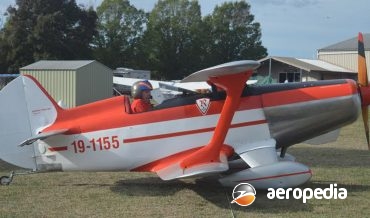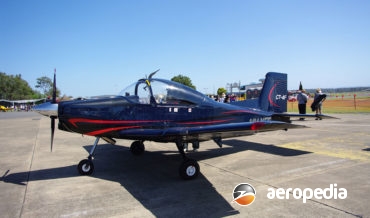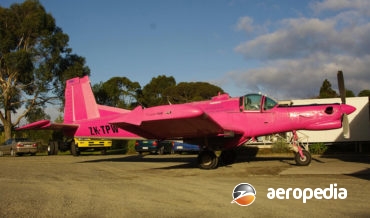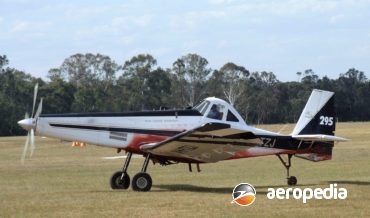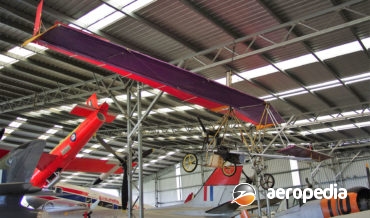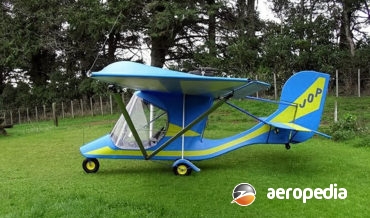All Contents
Contents
On 21 December 1955 the prototype Percival EP-9 was flown for the first time by the aircraft’s designer, and founder of the company, Mr Edgar W Percival, an Australian-born designer and builder of several very successful aircraft.
David C. Eyre
- May 8, 2019
Richard Pearse was one of New Zealands pioneering aviators, designing and building aircraft on his property at Waitohi on the South Island
David C. Eyre
- May 8, 2019
The Pazmany PL-1, known as the Laminar for its laminar flow wing, was designed by Ladislao Pazmany for the home-built aircraft market, the prototype flying for the first time on 23 March 1962.
David C. Eyre
- May 8, 2019
The Parnall Penguin, also known as the Marshall Penguin, was designed and built by well known Australian aviation identity, the late Sidney Marshall, in the late 1950s.
David C. Eyre
- May 8, 2019
The Thunder Mustang was produced by Papa 51 Ltd at its facility at Nampa, Idaho and is an all-composite three-quarter scale replica of the North American P-51 Mustang.
David C. Eyre
- May 8, 2019
The PAC 750 series, as noted elsewhere was developed from the Cresco agricultural series of aircraft, which itself was developed from the Fletcher FU-24 series.
David C. Eyre
- May 8, 2019
The Airtrainer series was developed by AESL from the Victa Aircruiser, production proceeding for some years, and the type is still in limited production.
David C. Eyre
- May 8, 2019
Designed solely as an agricultural aircraft with particular attention paid to pilot safety, and with all parts of the structure exposed to chemicals treated with polyurethane, epoxy enamels, or built with stainless steel, the prototype
David C. Eyre
- May 8, 2019
The Wilga (ie Thrush) was designed and built in Poland by Polskie Zaklady Lothicze (PZL) as a light general purpose utility aircraft and the prototype, known as the Wilga I (SP-PAZ), fitted with an indigenous 145-kw (195-hp) Narkiewicz WN-6B engine, flew for the first time on 24 April 1962.
David C. Eyre
- May 8, 2019
The Proell O.1 was built by Proell Pty Ltd of Mannering Park, NSW and it was placed on the Australian Civil Aircraft Registered as VH-DSG (c/n 01) on 25 September 2000.
David C. Eyre
- May 8, 2019
In the late 1940s Piper Aircraft Corp at Lock Haven, Pennsylvania was looking at producing a four-seat high-wing monoplane along the lines of the PA-12 Super Cruiser and it became known as the PA-14 Family Cruiser, this being achieved by widening the fuselage by 10.16 cm (4-in) and it was
David C. Eyre
- May 8, 2019
The STOL King was designed and produced by Preceptor Aircraft based at /Rutherfordton in North Carolina as an amateur-built light aircraft to be available as a plans or it.
David C. Eyre
- May 8, 2019
The PB-1 is a single-seat ultralight aircraft produced by PoorBoy Aviation of Minot, North Dakota and has been available to the market for some years in three variants, the PB-U, the PB-1 and the PB-H and is aimed at the market for a simple design with a simple construction technique.
David C. Eyre
- May 8, 2019
The Kiebitz B was designed as a light touring sporting biplane in Germany by Mr Michael Platzer at Guxhagen in Germany and is available to amateur builders in kit form.
David C. Eyre
- May 8, 2019
The Pitts Special series of aircraft was designed by Curtiss Pitts, the well-known American designer, as a high-performance, light sporting biplane, the first example, known as the S-1 Special, flying in September 1944.
David C. Eyre
- May 8, 2019
The Sinus is one of a series of motor-gliders produced by Pipistrel in Slovenia and which has been available as a complete aircraft for some years, with over 300 examples of the series being delivered, and which in recent years has been available in kit form for the amateur builder.
David C. Eyre
- May 8, 2019
In 2009 Piper Aircraft was taken over by the Brunei Government and at this time Piper announced it would be producing a new training aircraft known as the Pipersport, this aircraft to be a derivative of the Czech Aircraft SportCruiser which is produced in the Czech Republic.
David C. Eyre
- May 8, 2019
Continuing its line of small to medium high-performance single-engine business and executive aircraft, in October 2007 Piper announced it was producing a new model of the Malibu series initially known initially as the Malibu Matrix but later becoming known as the Matrix.
David C. Eyre
- May 8, 2019
With a flight crew of two on a separate flight deck, and normal accommodation for six to nine persons in the cabin, the Piper Model PA-42 Cheyenne III, introduced in 1979, became the largest aircraft of the Piper range.
David C. Eyre
- May 8, 2019
The Seneca was developed from the Piper Cherokee Six series, basically being a twin-engine version with the fuselage of the Cherokee Six using the Cherokee Six’s wings, horizontal tail and fuselage, standard single and optional double rear loading doors and single front door, with a new wing centre section so
David C. Eyre
- May 8, 2019
The Mojave was designed by Piper to carry a crew of two with dual controls, and five passengers in the main cabin.
David C. Eyre
- May 8, 2019
When the Cherokee was released, it was the first completely new model from the Piper stable for some time, and it represented a major change in design philosophy for the company.
David C. Eyre
- May 8, 2019
The Piper PA-25 Pawnee, was flown for the first time in 1958, and was known initially as the Ag 3.
David C. Eyre
- May 8, 2019
Known initially as the Piper Twin Stinson, the prototype of the PA-23 Apache series was flown for the first time on 2 March 1952.
David C. Eyre
- May 8, 2019
The Super Cub, the prototype of which was flown in 1949, was a development of the Piper PA-11 Cub Special, which in turn was a development of the J-3 Cub of 1938.
David C. Eyre
- May 8, 2019
The Dual Star was a two-seat development of the Pioneer Flightstar which, in the mid 1980s, was marketed in Australia by Nason Industries of Melbourne
David C. Eyre
- May 8, 2019
With more than 1,200 examples of the Islander series delivered since 1987, the type has continued to be developed for both civil and military operators.
David C. Eyre
- May 8, 2019
The Diamante was one of a series of light aircraft designed by Claude Piel in France in the 1950s.
David C. Eyre
- May 8, 2019
The Piaggio P-136 series of amphibious flying-boats was a produced in Italy during the late 1940s and early 1950s.
David C. Eyre
- May 8, 2019
Following the establishment by Percival Aircraft of its own manufacturing facility at Gravesend Airport in Kent, a new model of the Gull series was announced, this being a similar to the Gull IV but with a single-strut undercarriage, revised cabin top, and entrance doors, the main change being the installation
David C. Eyre
- May 8, 2019
At the end of World War II Percival Aircraft Ltd produced a five-seat commercial aircraft known as the P.48 Merganser, which was of all-metal, stressed skin construction with fabric covered control surfaces.
David C. Eyre
- May 8, 2019
Under a supplemental type certificate, Pen Turbo Aviation of Cape May Airport, New Jersey early in the 21st century undertook a re-engineering of the DHC-4A Caribou as a result of market demand for a turbine-powered variant of the Caribou.
David C. Eyre
- May 8, 2019
The PL-9 was designed by Ladislao Pazmany and is one of a number of designs produced by him over the years to meet the requirements of the light sport aircraft market.
David C. Eyre
- May 8, 2019
The Knight Twister is a single-seat, single-engine, aerobatic sport biplane designed in 1928, built and first flown in 1932 by Vernon W Payne, and since then it has been marketed in plan form for home constructors.
David C. Eyre
- May 8, 2019
The TWA-4 was a three-seat light cabin monoplane which in general appearance looked much like the Percival Gull series designed by Edgar Percival in the United Kingdom.
David C. Eyre
- May 8, 2019
The CT-4F is a variant of the CT-4E series produced by Pacific Aerospace and Raytheon Australia, a prototype (VH-XFR) being built and shown at the Australian International Air Show at Avalon, VIC in 2007, this model being aimed at meeting a requirement of the Australian Department of Defence for a
David C. Eyre
- May 8, 2019
The Cresco was a logical development of the Fletcher FU-24 agricultural aircraft, which was produced in large numbers for many years, firstly in the USA, and later in New Zealand from 1955
David C. Eyre
- May 8, 2019
As noted elsewhere, the M-18 Dromader is a fire-fighting and agricultural aeroplane designed to operate under night and day VFR conditions and built to comply with FAR Pt 23, and AMDT.16 built by Polskie Zaktady Lotnicze in Mielec in Poland.
David C. Eyre
- May 8, 2019
Pterodactyl in the United States produced a number of ultralight aircraft for the sports aircraft market and these included the Ptraveller, the Pfledge and the Ascender II.
David C. Eyre
- May 8, 2019
The Sportlite 103 is one of a series of ultralight aircraft produced by Pro Sport Aviation of Wingate, North Carolina
David C. Eyre
- May 8, 2019
Recent Comments
Archives
Categories
- No categories
Categories
- No categories
Latest Posts
Newsletter

